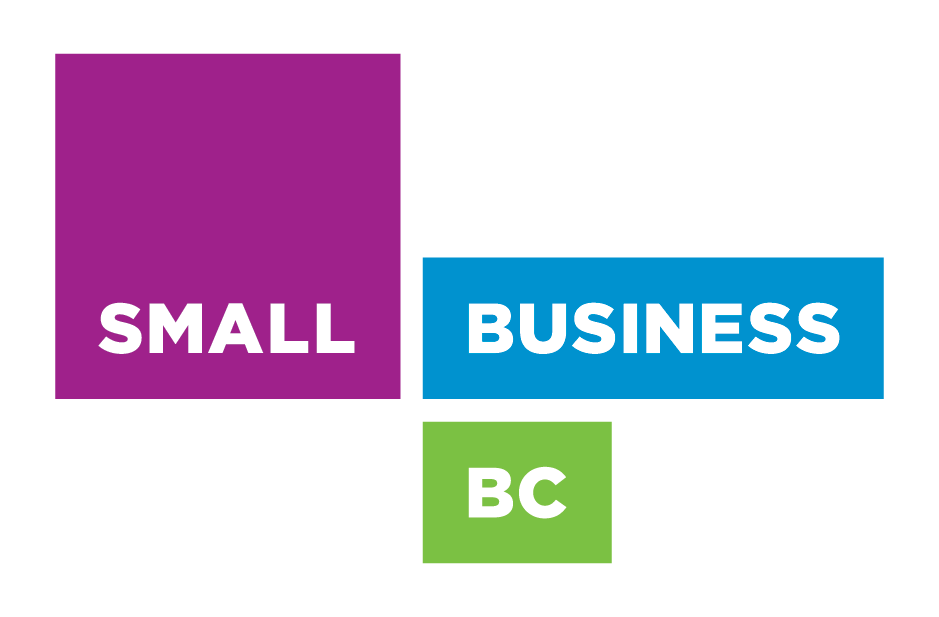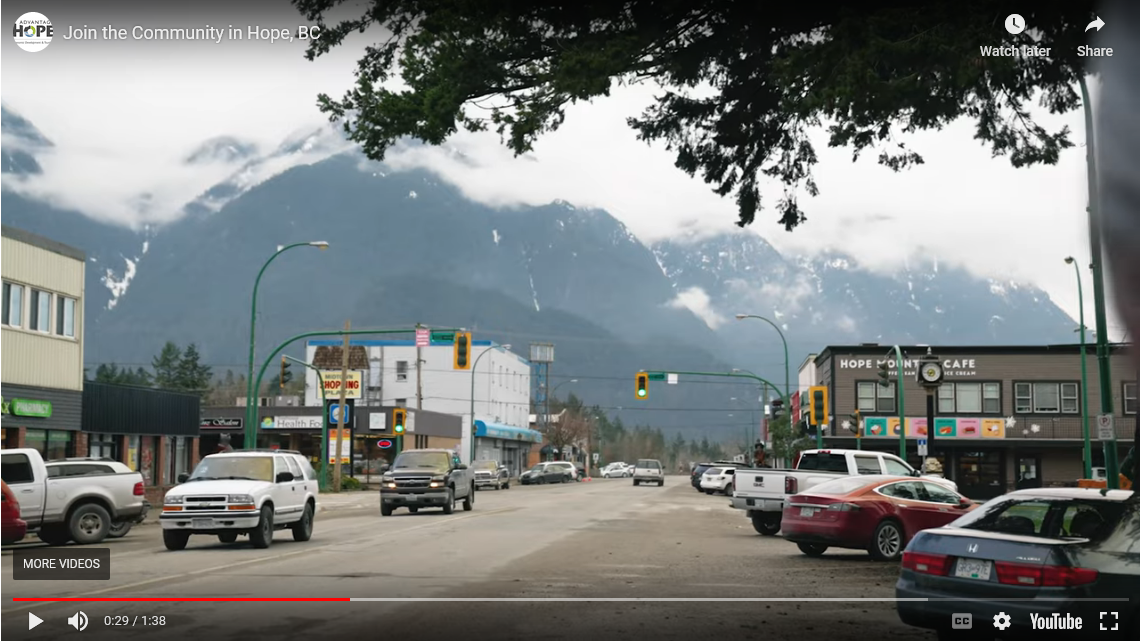Coast Salish Territory/Fraser Valley – The toll of the illicit drug toxicity crisis on BC First Nations individuals is rising again this year, erasing previous gains, according to data released today by the First Nations Health Authority (FNHA).
Suspected illicit drug toxicity deaths spiked between January and May this year. And during this period, 89 First Nations individuals lost their lives. This is a 93 per cent increase in deaths compared to the same period last year.
First Nations people represent 3.4 per cent of the province’s population yet accounted for a staggering 16 per cent of all overdose deaths in British Columbia from January to May of this year. So far this year, First Nations individuals have died at 5.6 times the rate of other BC residents, while in 2019 the ratio was 3.8.
COVID-19 safety measures have disrupted the drug supply, making the current supply more toxic.
Also, COVID-19 public health measures such as physical distancing and staying home may be having unintended negative consequences for people who use substances. People may be less likely to access harm reduction services and supports and may be using alone when they otherwise would not have.
The number of First Nations people dying from illicit drugs has increased significantly each year since 2016 when BC declared the public health emergency – except for in 2019, when there was a 44 per cent drop in overdose deaths. In 2019, 113 First Nations individuals died of an overdose; in 2018, the figure was 201 First Nations individuals.
There are many barriers to treatment for Indigenous people, including underlying systemic racism and experiences of stigma among people who consume alcohol and other substances. This points to a need for greater cultural safety and humility in health services.
Many First Nations people in BC are also less advantaged than other populations, creating vulnerabilities related to the social determinants of health like poverty and lack of housing, which are also predictors of substance use disorder and addiction.
Provincial Minister on Mental Health and Addictions responds:
Judy Darcy, Minister of Mental Health and Addictions, has released the following statement in response to the First Nations Health Authority release on the overdose death rate:
“Since the overdose crisis was first declared in 2016, First Nations throughout British Columbia have shouldered immense loss. The First Nations Health Authority report on overdose shows us just how devastating it has been. This year alone, First Nations peoples are dying from overdose at more than five times the rate of the rest of the B.C. population. First Nations peoples in rural and urban communities are over-represented in this crisis.
“During this extraordinary time, as we stare down the fentanyl poisoning crisis and the global COVID-19 pandemic, coming together to harness our collective efforts, our compassion and resolve is more important than ever. In 2019, we saw a significant drop in the overdose death rate amongst First Nations, 44% lower than the previous year. This shows that through our collective efforts we were making an impact before COVID-19, though there is still so much more to do. The global pandemic has posed significant challenges for everyone. But when we work together and focus our energies with First Nations in the driver’s seat, we can and we do make significant gains.
“Together we are making significant progress to expand on First Nations-led treatment services, so they are accessible to First Nations individuals, families and communities for culturally safe mental health and addictions treatment. The Province, together with the First Nations Health Authority, is making investments of $40 million to build and renovate First Nations-run treatment centres throughout B.C. Reconnecting to land, history and culture is the focus of an additional $23 million that we are investing in land-based healing programs and services. First Nations designed and delivered programs and services have also received $30 million to flow directly to First Nations communities to meet their peoples’ needs in their communities. We have learned that barriers can come down when health-care services are culturally safe and community led. Addressing the root causes and underlying factors of addiction is a key part of our shared work.
“Indigenous communities are still carrying the weight of the dark legacy of colonialism and the multi-generational trauma that is the result of that history. Through First Nations-led decision-making and service-delivery structures, we are addressing the enormous challenges ahead of us. From day one, we have worked in close partnership the First Nations Health Authority in our collective response to the overdose emergency. Together, we can turn the tide on this terrible crisis. We will not rest until we do.
“Not everyone is on the same path, but everyone needs our compassion and a chance to live. I am appealing to everyone who uses drugs and their loved ones. There are options to staying safe. Buddy up so you’re not using poisoned drugs alone, carry naloxone, know the signs of an overdose, get your drugs checked, visit overdose prevention, consider safe prescription alternatives, discuss recovery options with your health provider.
“Let’s continue to look out for one another. Let’s continue to take care of each other. Let’s continue to come together to save lives from overdose.”












